Home>Gardening & Outdoor>Landscaping Ideas>What Is Grass-Fed Protein
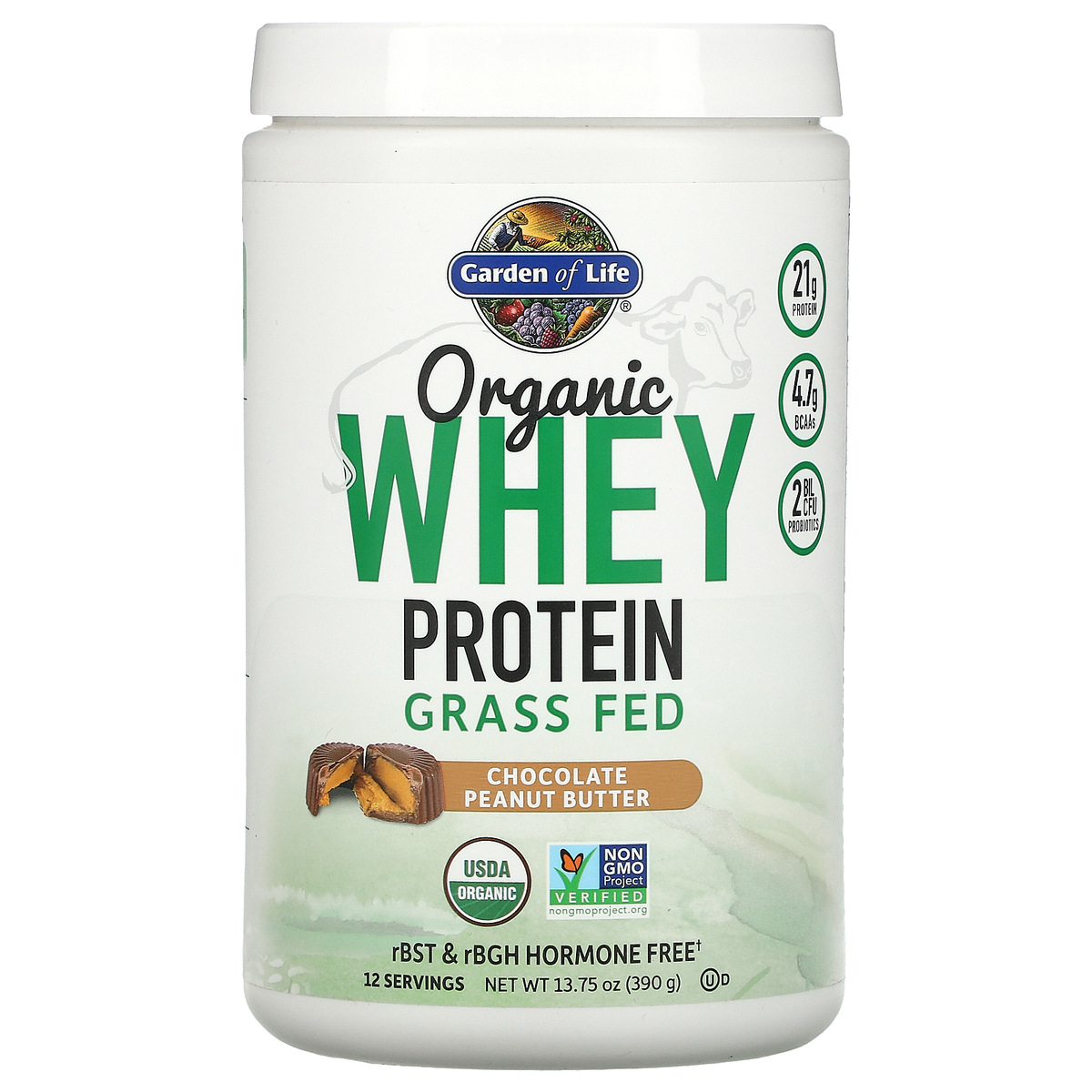

Landscaping Ideas
What Is Grass-Fed Protein
Modified: February 18, 2024
Discover the benefits of grass-fed protein and how it can elevate your landscaping ideas. Learn why it's a sustainable and nutritious choice for your outdoor projects.
(Many of the links in this article redirect to a specific reviewed product. Your purchase of these products through affiliate links helps to generate commission for Storables.com, at no extra cost. Learn more)
Introduction
In today's health-conscious society, the term "grass-fed" has become increasingly prevalent, particularly in discussions about protein sources. As more people prioritize their well-being and seek sustainable dietary options, the significance of grass-fed protein has garnered widespread attention. Whether you're a fitness enthusiast, a nutrition-conscious individual, or simply someone interested in making informed food choices, understanding the nuances of grass-fed protein can be immensely beneficial.
The concept of grass-fed protein extends beyond mere nutritional value; it encompasses ethical, environmental, and health-related considerations. By delving into the intricacies of grass-fed protein, we can gain a comprehensive understanding of its impact on our bodies, the environment, and animal welfare. Moreover, exploring the potential benefits and differences between grass-fed and grain-fed protein can aid in making informed dietary decisions.
This article aims to unravel the essence of grass-fed protein, shedding light on its meaning, benefits, nutritional disparities, and ethical implications. By the end of this exploration, you will be equipped with the knowledge to incorporate grass-fed protein into your diet in a conscientious and healthful manner. Let's embark on this journey to uncover the wonders of grass-fed protein and its multifaceted significance.
Key Takeaways:
- Grass-fed protein offers superior nutrition, supports sustainable agriculture, and reflects ethical animal treatment, making it a wholesome and conscientious dietary choice for health-conscious individuals.
- By embracing grass-fed protein, individuals can savor exceptional flavor, support local producers, and contribute to a more sustainable and compassionate food system, creating a holistic approach to food consumption.
Read more: What Does Grass-Fed Whey Protein Mean
What Does “Grass-Fed” Mean?
The term "grass-fed" refers to the diet of the animals from which the protein is sourced. Specifically, it denotes that the animals, such as cattle, sheep, or goats, have been predominantly nourished by natural forage, such as grass, rather than grains or other artificial feed. This dietary distinction is pivotal, as it directly influences the quality and composition of the protein derived from these animals.
Grass-fed animals graze on open pastures, consuming a diet that aligns with their natural biological needs. This natural foraging behavior allows them to consume a diverse array of grasses, herbs, and other plants, which can contribute to the nutritional richness of their meat or dairy products. The animals are typically free to roam and engage in natural behaviors, fostering a more humane and sustainable approach to livestock rearing.
Furthermore, the grass-fed label often implies that the animals have not been subjected to routine antibiotic or hormone treatments, as is common in conventional grain-fed livestock operations. This distinction underscores the commitment to animal welfare and the production of more natural, unadulterated protein sources.
For consumers, choosing grass-fed protein signifies a preference for products derived from animals raised in a manner that aligns with natural and ethical practices. This conscientious choice extends beyond personal health benefits, resonating with broader environmental and ethical considerations. By opting for grass-fed protein, individuals can actively support sustainable agricultural practices and the well-being of livestock, thereby contributing to a more ethical and environmentally conscious food system.
Benefits of Grass-Fed Protein
Grass-fed protein offers a myriad of benefits that extend beyond mere nutritional value. Embracing this wholesome protein source can have far-reaching positive implications for both personal health and the environment.
Enhanced Nutritional Profile: Grass-fed protein, whether derived from beef, lamb, or dairy, is renowned for its superior nutritional profile. It tends to contain higher levels of essential nutrients, including omega-3 fatty acids, conjugated linoleic acid (CLA), and antioxidants. These components are known for their potential to promote heart health, reduce inflammation, and bolster the body’s defense against oxidative stress.
Leaner Fat Composition: Grass-fed meat often boasts a leaner fat composition compared to grain-fed alternatives. This can be attributed to the animals’ natural grazing diet, which results in meat with a favorable omega-6 to omega-3 fatty acid ratio. As a result, consuming grass-fed protein may contribute to a more balanced intake of essential fatty acids, potentially benefiting cardiovascular and metabolic health.
Sustainable Agricultural Practices: Opting for grass-fed protein aligns with sustainable agricultural practices, as it supports pasture-based livestock farming. This approach minimizes the reliance on intensive grain production, reduces the environmental impact of feedlot operations, and promotes biodiversity within grazing ecosystems. By choosing grass-fed protein, consumers can actively contribute to a more sustainable and ecologically responsible food system.
Animal Welfare: The consumption of grass-fed protein reflects a conscientious stance on animal welfare. By supporting livestock raised in a natural, pasture-based environment, consumers can play a role in advocating for ethical treatment and humane rearing practices. This, in turn, encourages the proliferation of more compassionate and sustainable animal husbandry methods.
Flavor and Quality: Grass-fed protein is often celebrated for its distinct flavor and superior quality. The natural, varied diet of grass-fed animals can impart a depth of flavor and tenderness to the meat, appealing to discerning palates and culinary enthusiasts.
By embracing grass-fed protein, individuals can savor not only its exceptional nutritional attributes but also the broader positive impacts it embodies. From supporting sustainable agriculture to advocating for ethical animal treatment, the benefits of grass-fed protein extend far beyond the confines of individual dietary choices, resonating with global health and environmental considerations.
Nutritional Differences Between Grass-Fed and Grain-Fed Protein
The disparity between grass-fed and grain-fed protein extends beyond the animals’ dietary preferences; it profoundly influences the nutritional composition of the resulting meat or dairy products. Understanding these distinctions can empower individuals to make informed dietary choices aligned with their health and ethical values.
Fatty Acid Composition: Grass-fed protein is renowned for its favorable fatty acid profile, characterized by higher levels of omega-3 fatty acids and conjugated linoleic acid (CLA). These beneficial fats are associated with anti-inflammatory properties, heart health benefits, and potential protective effects against certain chronic diseases. In contrast, grain-fed protein often contains a higher proportion of omega-6 fatty acids, which, when consumed in excess, may contribute to inflammatory processes and certain health concerns.
Nutrient Density: Grass-fed meat and dairy products tend to exhibit greater nutrient density compared to their grain-fed counterparts. They are notably richer in essential nutrients such as vitamins A and E, as well as antioxidants like glutathione and superoxide dismutase. This heightened nutrient content can confer enhanced health benefits, bolstering the body’s defense against oxidative stress and supporting overall well-being.
Hormone and Antibiotic Exposure: Grass-fed protein is often sourced from animals raised without routine hormone or antibiotic treatments. In contrast, conventional grain-fed livestock operations frequently administer growth-promoting hormones and prophylactic antibiotics to their animals. Opting for grass-fed protein can thus mitigate potential exposure to these additives, aligning with consumer preferences for more natural and unadulterated food sources.
Environmental Impact: The production of grass-fed protein is associated with a comparatively lower environmental impact when considering factors such as land use, water consumption, and greenhouse gas emissions. The reliance on pasture-based grazing systems reduces the need for intensive grain cultivation and the associated environmental ramifications, making grass-fed protein a more ecologically sustainable choice.
By recognizing the nutritional disparities between grass-fed and grain-fed protein, individuals can make informed decisions that resonate with their dietary preferences and health goals. Choosing grass-fed protein not only offers potential health advantages but also reflects a commitment to supporting sustainable agricultural practices and ethical treatment of livestock, thereby contributing to a more conscientious and holistic food system.
When looking for grass-fed protein, choose products labeled “100% grass-fed” to ensure the animals were raised on a natural diet. This can result in higher levels of omega-3 fatty acids and antioxidants in the meat.
Environmental and Ethical Considerations
The consumption of grass-fed protein extends beyond individual health benefits, encompassing broader environmental and ethical implications that resonate with conscientious consumers. By delving into these considerations, individuals can gain a holistic understanding of the multifaceted impact of their dietary choices.
Sustainable Land Use: The pasture-based grazing systems integral to grass-fed protein production promote sustainable land use practices. Unlike the intensive cultivation of grains for livestock feed, pasture grazing minimizes the environmental strain associated with monoculture farming, reduces soil erosion, and fosters biodiversity within grazing ecosystems. By supporting grass-fed protein, consumers contribute to the preservation of natural landscapes and the promotion of ecologically responsible agricultural methods.
Reduced Environmental Footprint: Opting for grass-fed protein aligns with a reduced environmental footprint compared to conventional grain-fed alternatives. The reliance on natural forage and grazing minimizes the need for extensive grain cultivation, thereby mitigating the associated land use, water consumption, and greenhouse gas emissions. This sustainable approach to livestock rearing underscores the potential of grass-fed protein to contribute to a more environmentally conscious and ecologically sustainable food system.
Animal Welfare: Grass-fed protein embodies a commitment to ethical animal treatment and welfare. By supporting pasture-based livestock farming, consumers advocate for a more natural and humane approach to animal rearing. This includes affording animals the freedom to engage in natural behaviors, such as grazing and roaming, while minimizing the use of confinement and routine antibiotic or hormone treatments. Choosing grass-fed protein reflects a conscientious stance on animal welfare, promoting more compassionate and sustainable practices within the agricultural industry.
Local and Regenerative Agriculture: Embracing grass-fed protein often aligns with the support of local and regenerative agricultural practices. Many grass-fed producers prioritize small-scale, community-based farming, fostering a closer connection between consumers and the sources of their food. Additionally, pasture-based livestock farming can contribute to regenerative agricultural practices, promoting soil health, carbon sequestration, and the restoration of natural ecosystems.
By considering the environmental and ethical dimensions of grass-fed protein, consumers can make informed choices that resonate with their values and contribute to a more sustainable and compassionate food system. From promoting sustainable land use to advocating for ethical animal treatment, the embrace of grass-fed protein embodies a holistic approach to food consumption that transcends individual health considerations.
Read more: What Is Grass-Fed
How to Incorporate Grass-Fed Protein into Your Diet
Integrating grass-fed protein into your diet can be a rewarding and health-conscious endeavor, offering a diverse array of culinary possibilities while aligning with sustainable and ethical food choices. Whether you are a cooking enthusiast, a wellness advocate, or someone seeking to diversify your protein sources, there are numerous ways to incorporate grass-fed protein into your daily meals.
Explore Grass-Fed Meat Cuts: Begin by exploring the diverse cuts of grass-fed meat available, such as steaks, roasts, ground beef, and more. These cuts lend themselves to a wide range of cooking methods, from grilling and searing to slow braising and roasting. Experimenting with various cuts can introduce a new dimension of flavor and quality to your culinary repertoire, allowing you to savor the natural richness of grass-fed meat.
Embrace Dairy and Eggs: In addition to meat, consider incorporating grass-fed dairy products, such as milk, cheese, and butter, into your diet. These wholesome dairy options can elevate your recipes with their distinct flavor and nutritional benefits. Likewise, opting for grass-fed eggs can introduce a nutrient-dense and ethically sourced protein source to your breakfasts and baked goods.
Cultivate Culinary Creativity: Engage your culinary creativity by exploring diverse recipes that showcase the unique attributes of grass-fed protein. Whether it’s crafting a savory grass-fed beef stew, preparing a delectable cheese platter featuring artisanal grass-fed cheeses, or experimenting with grass-fed butter in your baking endeavors, there are countless ways to infuse your meals with the wholesome goodness of grass-fed protein.
Support Local Producers: Seek out local producers and farmers’ markets that offer grass-fed protein options. Establishing a connection with local producers not only ensures the freshness and quality of your protein sources but also fosters a deeper appreciation for the origins of your food. By supporting local and sustainable agriculture, you actively contribute to the vitality of your community’s food system.
Embrace Seasonal and Plant-Based Pairings: Complement your grass-fed protein dishes with seasonal fruits, vegetables, and grains to create balanced and vibrant meals. Embracing plant-based pairings not only enhances the nutritional diversity of your diet but also celebrates the harmony between wholesome, sustainably sourced ingredients.
By integrating grass-fed protein into your culinary pursuits, you not only elevate the nutritional quality and flavor of your meals but also contribute to a more sustainable and compassionate food system. Embracing the culinary versatility of grass-fed protein opens a world of delectable possibilities, inviting you to savor the natural goodness of ethically sourced and nutrient-rich protein sources.
Conclusion
The exploration of grass-fed protein transcends the realm of dietary choices, encompassing a rich tapestry of nutritional, ethical, and environmental considerations. By delving into the essence of grass-fed protein, we have unveiled a world of wholesome goodness, culinary versatility, and ethical conscientiousness that beckons us to embrace a more holistic approach to food consumption.
Grass-fed protein, whether derived from meat, dairy, or eggs, embodies a commitment to sustainable agricultural practices, ethical animal treatment, and the provision of nutrient-dense, high-quality food sources. Its superior nutritional profile, characterized by heightened levels of beneficial fatty acids and antioxidants, offers a gateway to enhanced health and well-being. Moreover, the embrace of grass-fed protein reflects a conscientious stance on animal welfare, supporting the proliferation of more compassionate and sustainable livestock rearing methods.
By choosing grass-fed protein, individuals embark on a journey that intertwines culinary creativity with ethical mindfulness, celebrating the richness of natural flavors and the interconnectedness of sustainable food systems. From savoring the succulence of a grass-fed steak to relishing the nuanced notes of artisanal grass-fed cheese, each culinary endeavor becomes a testament to the harmony between wholesome nutrition, ethical stewardship, and environmental consciousness.
As we navigate the landscape of dietary choices, let us embrace the transformative potential of grass-fed protein, recognizing its capacity to nourish our bodies, elevate our culinary experiences, and contribute to a more sustainable and compassionate world. By incorporating grass-fed protein into our diets, we honor the interconnected web of health, ethics, and environmental stewardship, weaving a tapestry of conscientious consumption that resonates far beyond the confines of our plates.
Let us savor the bounty of grass-fed protein, not merely as a dietary staple but as a testament to our commitment to holistic well-being, ethical mindfulness, and the enduring harmony between nourishment and sustainability.
Frequently Asked Questions about What Is Grass-Fed Protein
Was this page helpful?
At Storables.com, we guarantee accurate and reliable information. Our content, validated by Expert Board Contributors, is crafted following stringent Editorial Policies. We're committed to providing you with well-researched, expert-backed insights for all your informational needs.
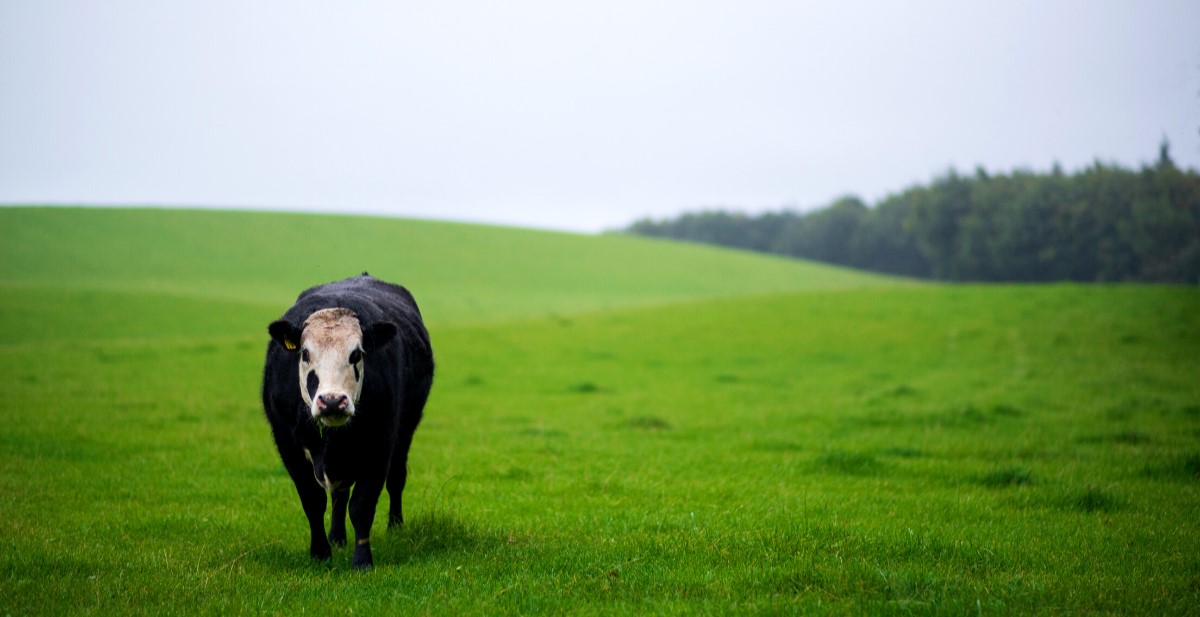
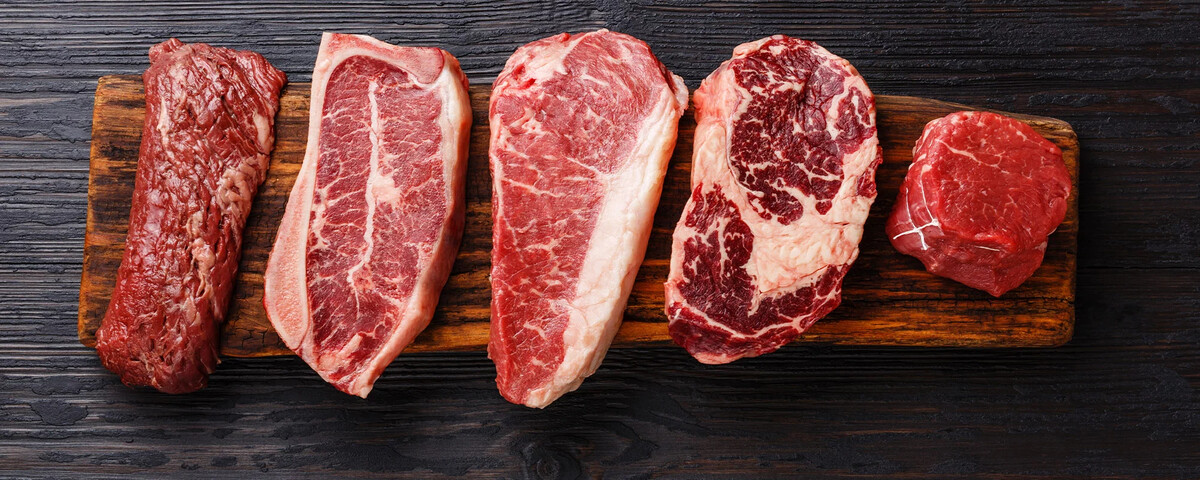

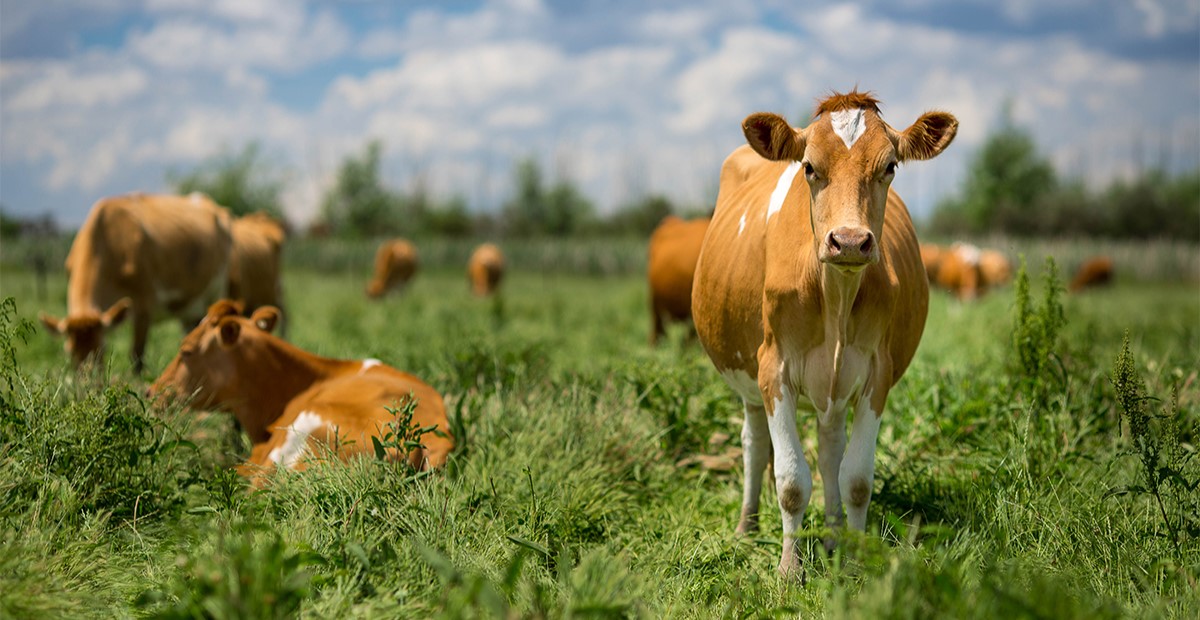
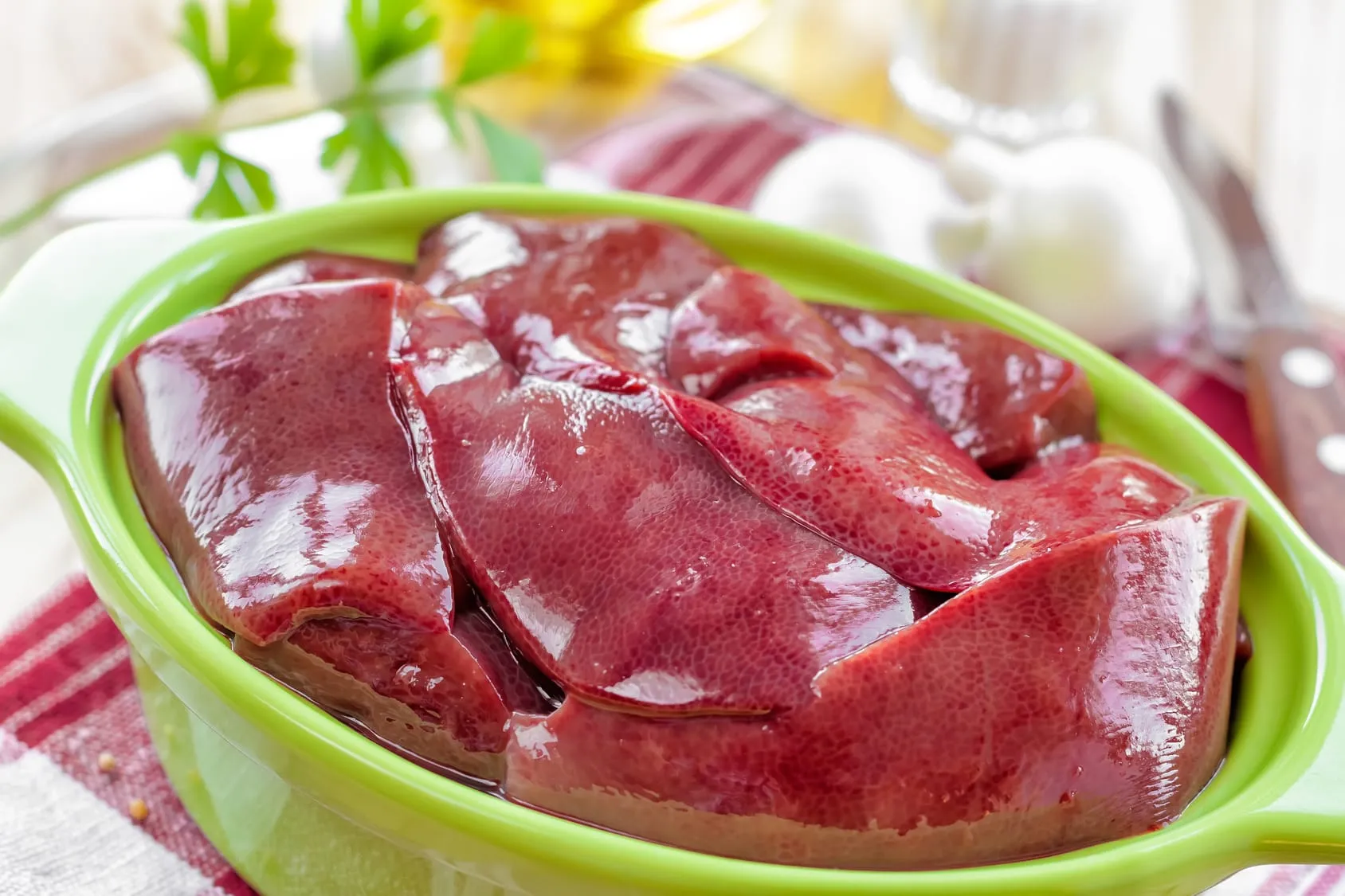
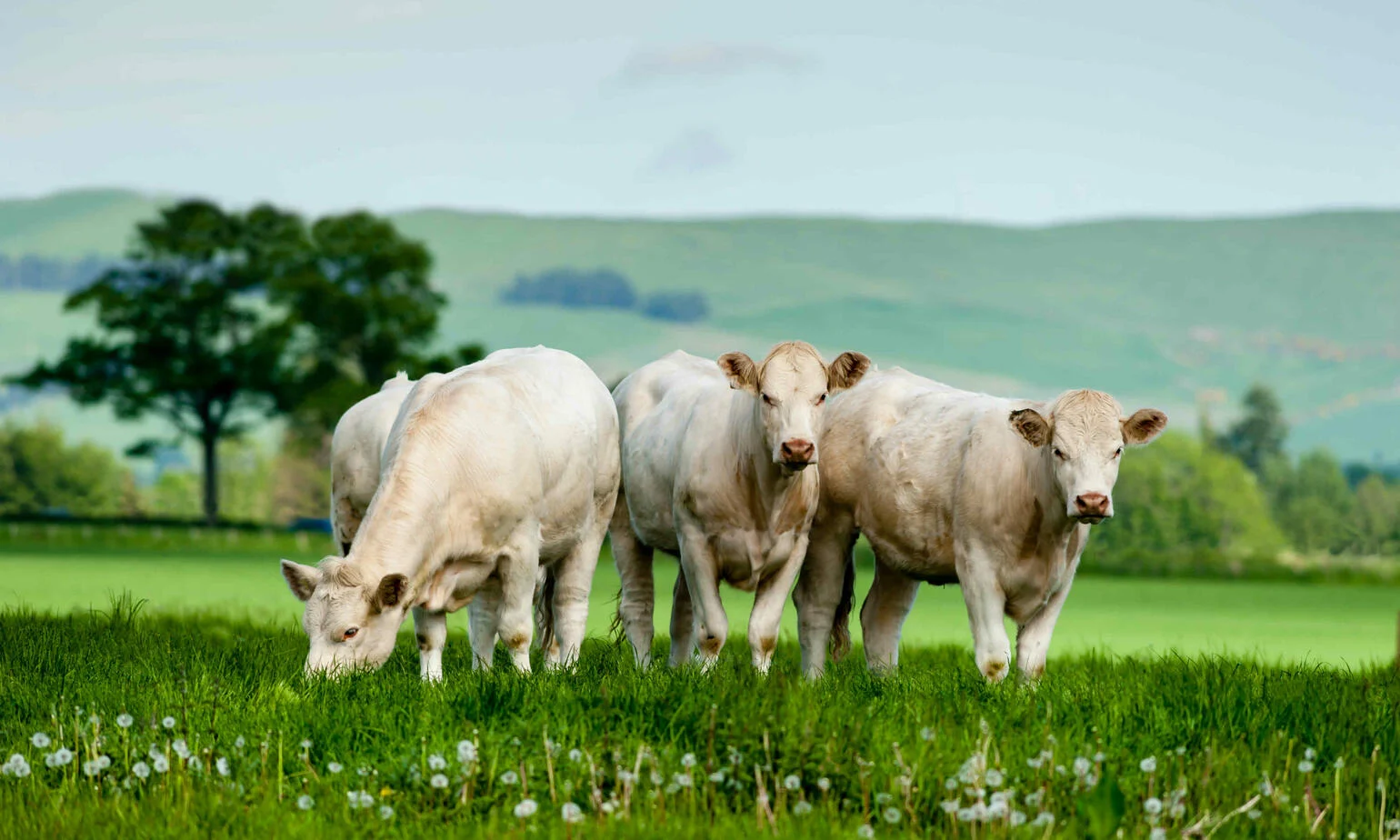
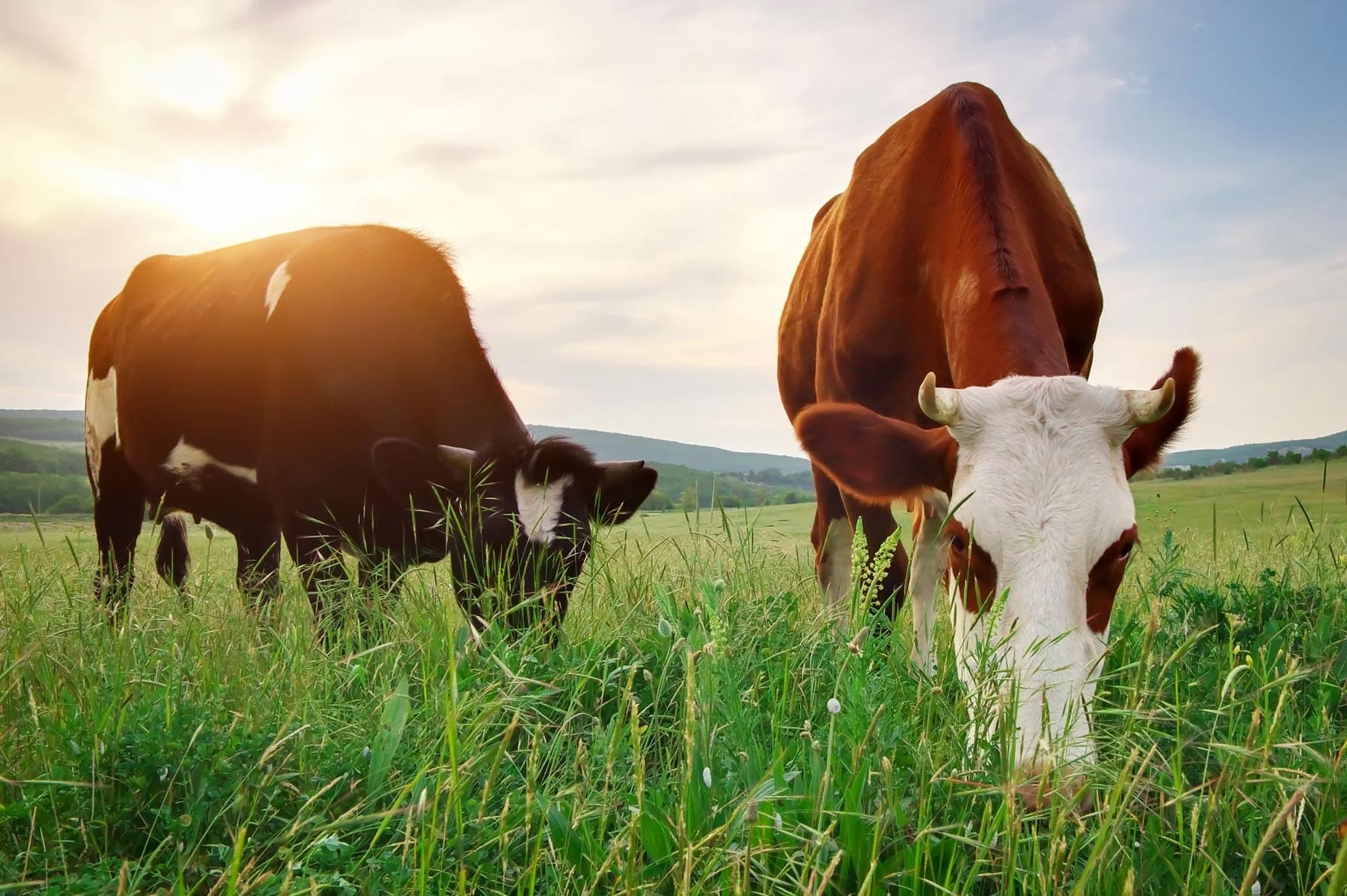
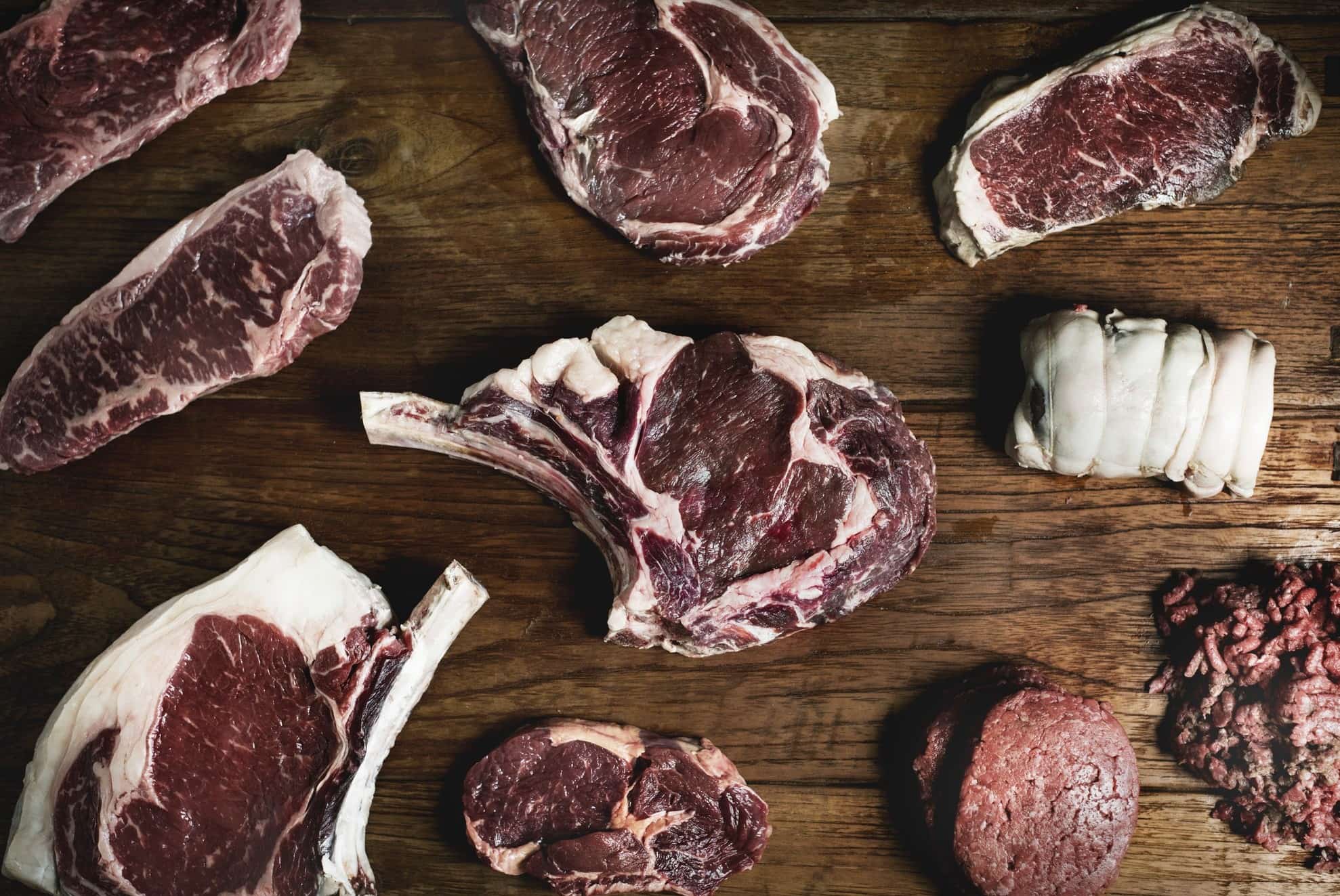

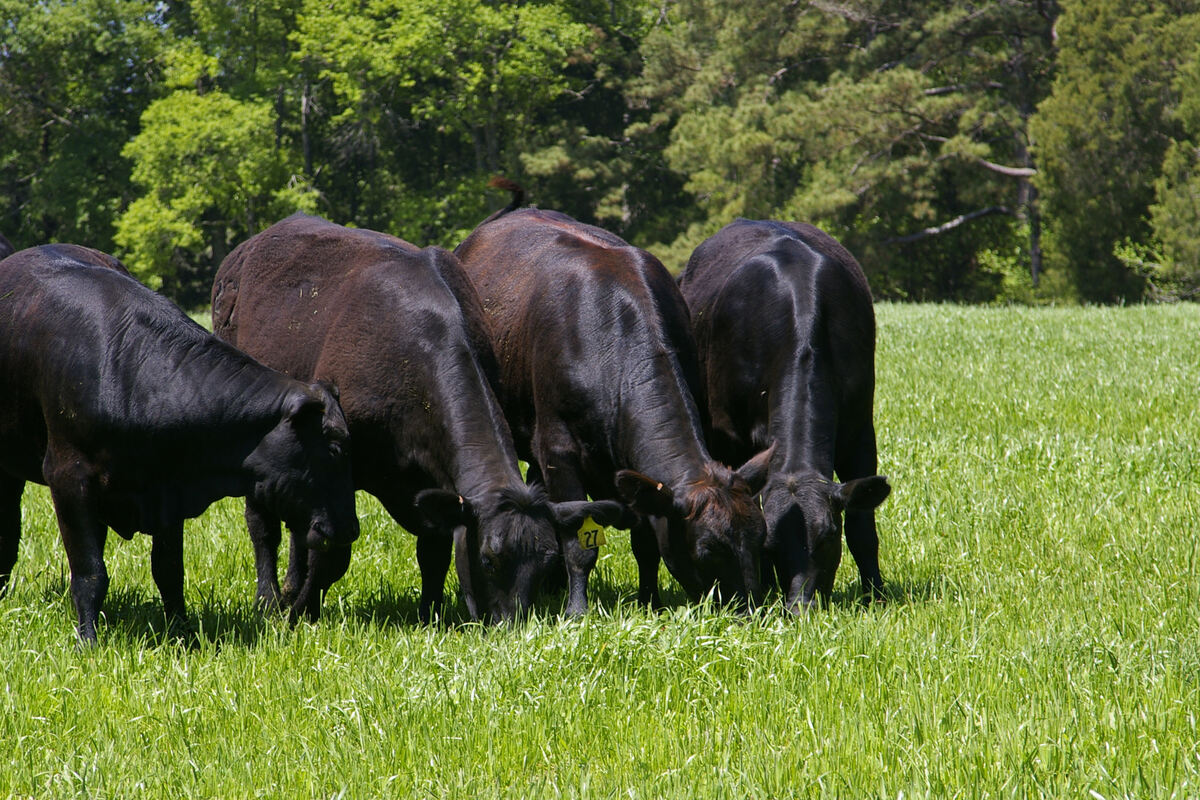
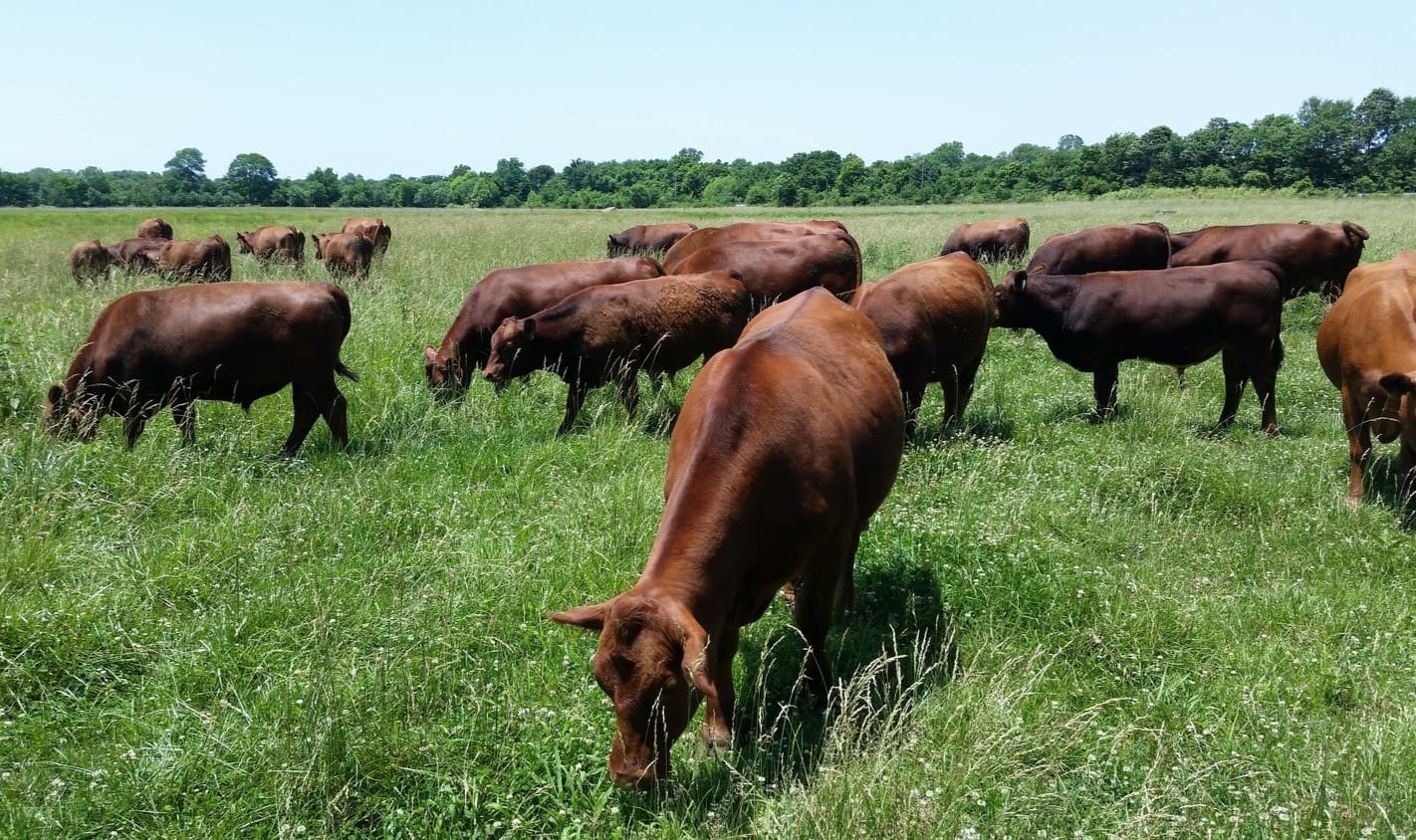
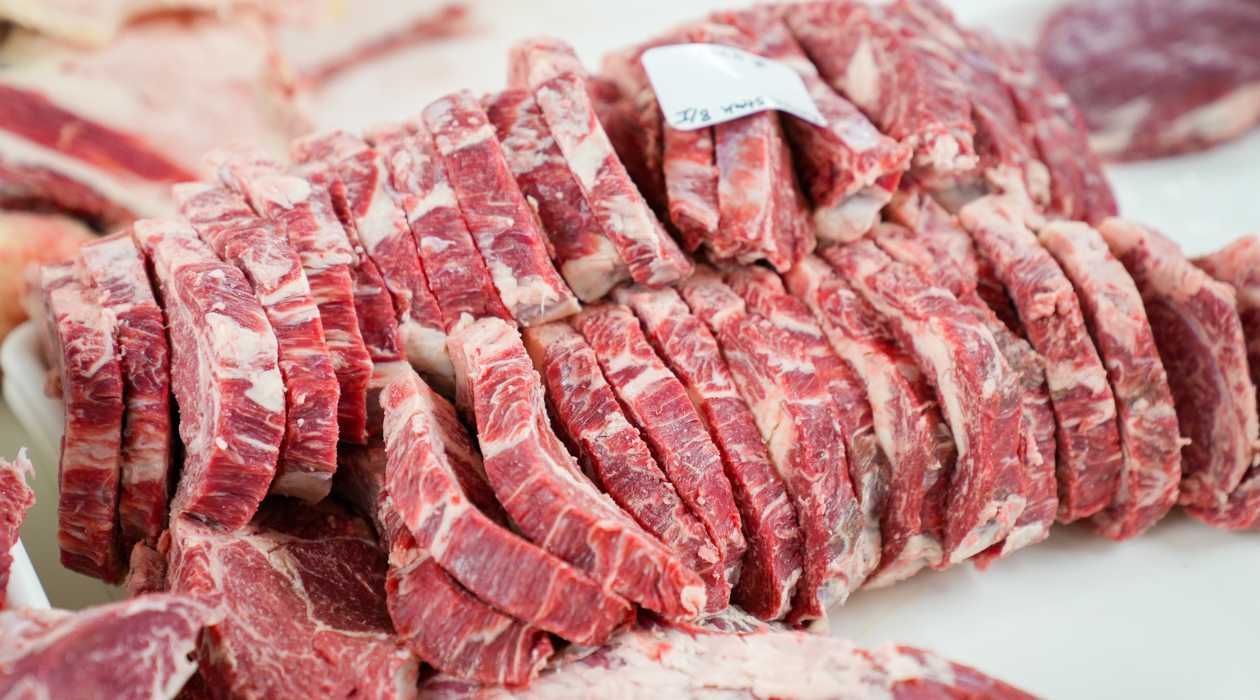
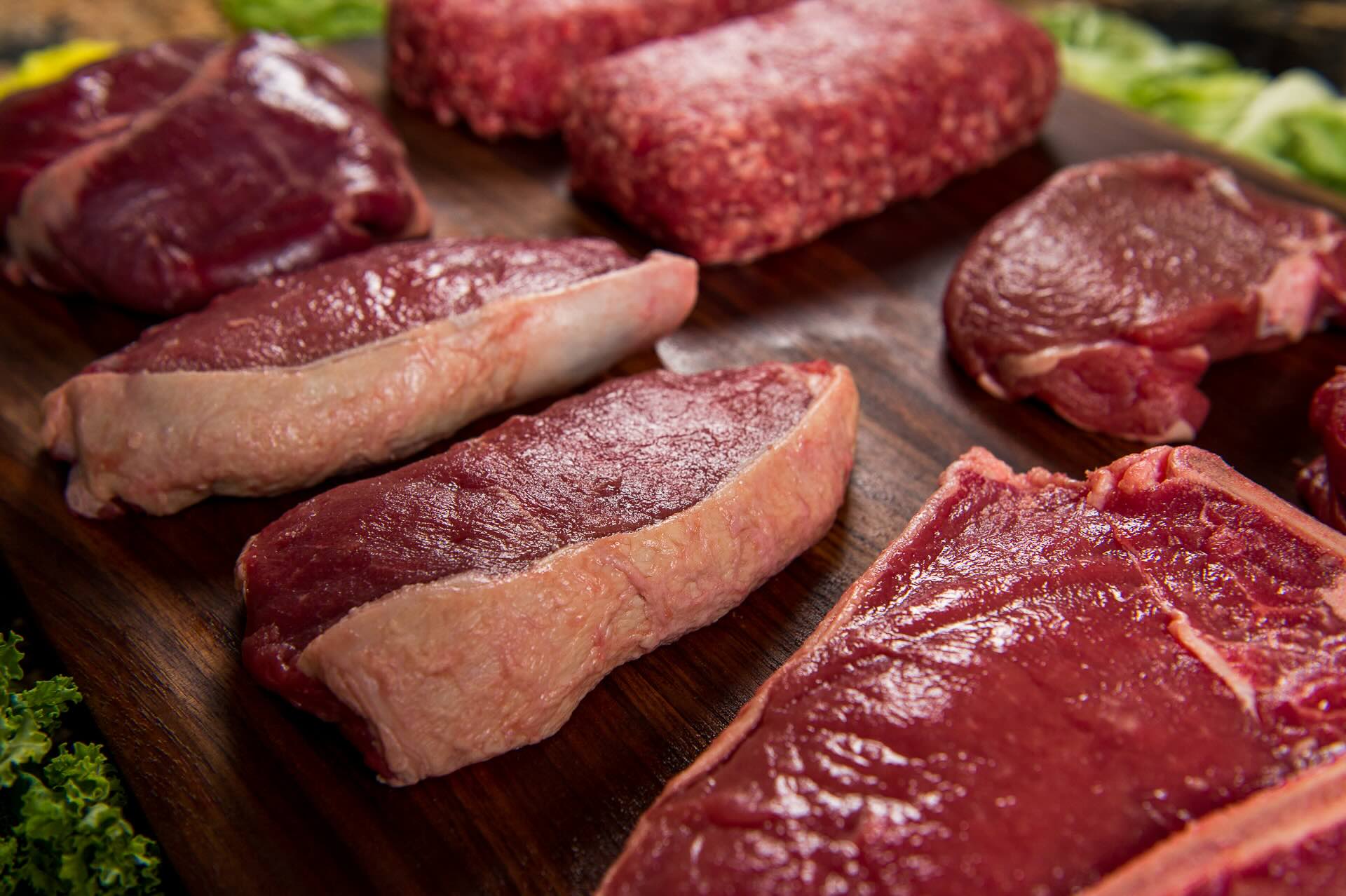
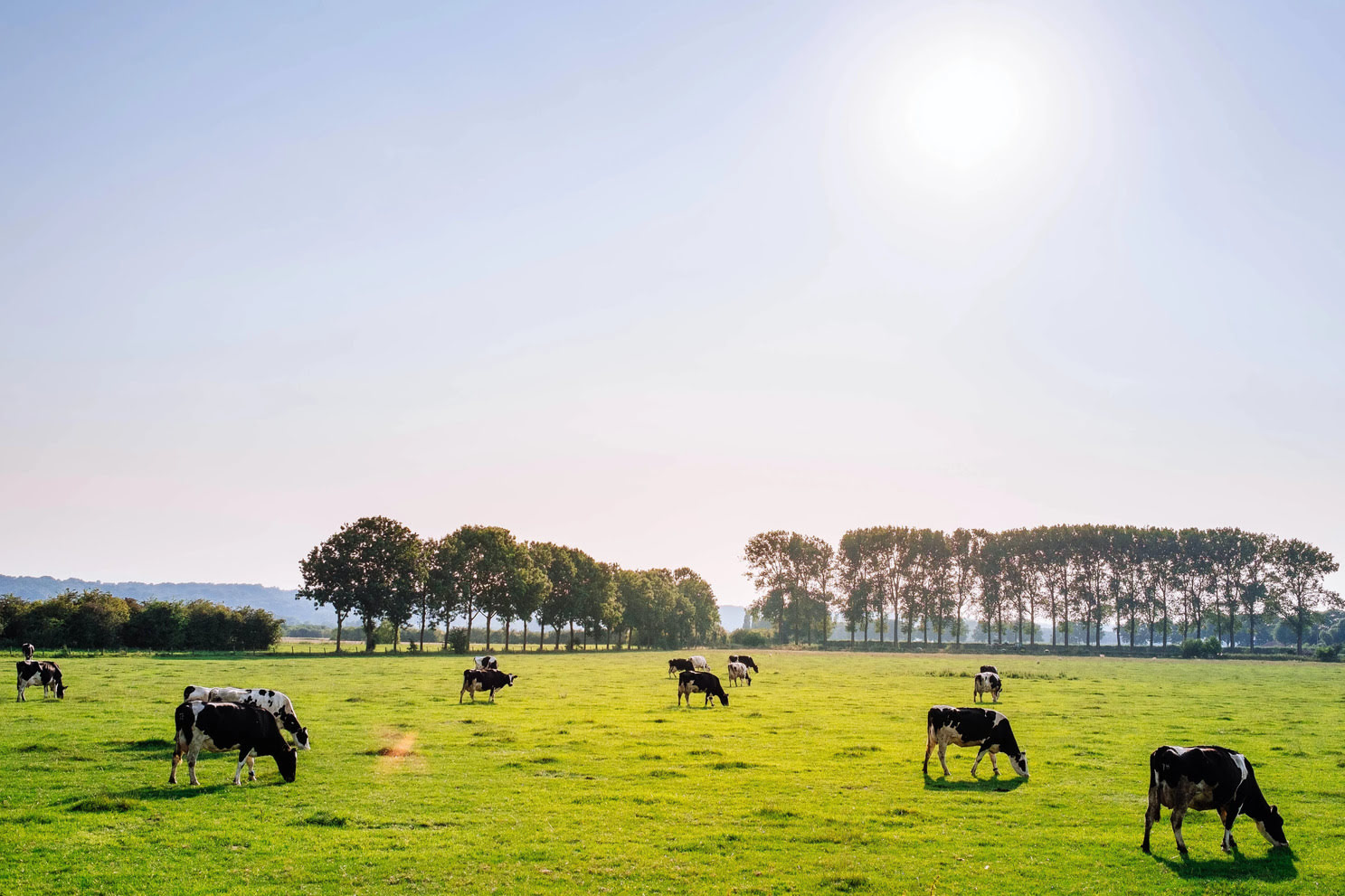

0 thoughts on “What Is Grass-Fed Protein”